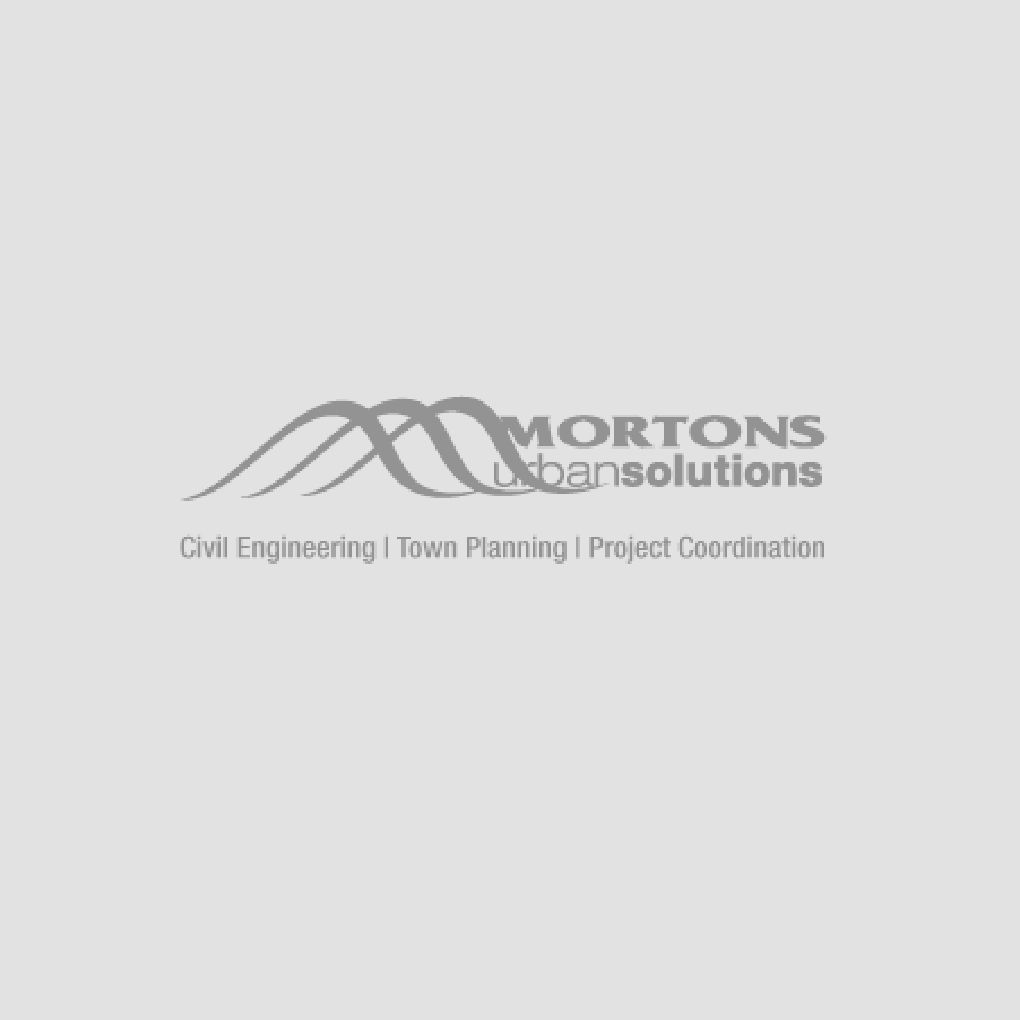Frequently asked questions
FAQ's
General FAQ's
-
How long does it take to implement an M-Files solution?
A typical project implementation period is 6 to 8 weeks. This depends on many factors, such as the complexity of the solution and the client’s availability to work with us during the planning process. M-Files is not an out-of-the-box solution and each system is tailor made for each client. This requires a time investment by the client to co-design their system with us.
-
How much does an M-Files solution cost?
The cost of a system consists of implementation/configuration costs and ongoing M-Files subscription costs. M-Files is a software as a service (SaaS) offering and therefore operates on a subscription pricing model based on the number of users who need to access the system. Each M-Files solution is different and costs vary considerably. Please schedule a no-obligation demo consultation with us to find out more.
-
Do I need a server to host M-Files?
M-Files can be hosted locally on a server or in M-Files Cloud. Each approach has its own strengths and limitations. Hosted in Microsoft Azure, M-Files Cloud offers very high information security and availability and very low maintenance costs. An on-premise server can offer enhanced flexibility for when data storage needs are high. Schedule a consultation with us to discuss the best M-Files hosting solution for your needs.
-
What system administration requirements are needed for M-Files?
Once your M-Files solution is initially configured it can be put to straight to work, though there will inevitably be situations in the future such as:
- A new employee needs to be set up with access to M-Files
- An employee resigns and their M-Files access needs to be removed and their license reallocated
- A new document class is needed
- Access restrictions to certain documents or information need to be changed
- A new workflow is needed or an existing workflow edited
- M-Files therefore needs a System Administrator, a person who M-Files users in your organisation can go to request changes. We can either train some of your staff in M-Files system administration, or you can choose to outsource M-Files system administration to us.
-
What support do you provide after implementing an M-Files solution?
We believe that implementing M-Files is a journey, not a destination.
Once your system ‘goes live’, we are there to back you up. We offer a ‘vault refinement period’ where we work with you and your team to refine your M-Files solution based on user feedback.
From then on, we are committed to supporting you. We handle any support requests, and we proactively initiate regular review meetings to ensure your M-Files evolves along with your changing business needs.
Services FAQ's
-
What does implementing an M-Files system involve?
We will work with your organisation to understand its needs and objectives for effective document management. A detailed planning process is key to successful M-Files implementation, and our experts will work with you every step of the way. We arrange installation of the M-Files software into your IT environment, and following construction of the M-Files ‘’vault’, we comprehensively train your staff in M-Files use. We will assist you to plan migration of existing content, and once ‘live’ we are always available to support your M-Files in the long term.
-
Does filing documents in M-Files using metadata take more time?
While adding metadata when filing documents into M-Files initially requires some effort, the long-term benefits in terms of time saved, improved organisation, and streamlined processes make that time a worthwhile investment. When documents are ‘tagged’ with relevant metadata, it becomes easier to locate them later. Instead of manually browsing through folders, you can quickly search for specific files based on their attributes (e.g., author, date, project, keywords). This streamlined retrieval process ultimately saves time compared to traditional folder-based systems.
-
Is an M-Files document management system expensive?
When properly configured and users trained effectively, M-Files is often a valuable investment due to the productivity savings it is capable of delivering. Implementation costs of M-Files vary considerably according to the scope of a project. Contact us and we will be happy to provide a cost estimate and an overview of how M-Files can deliver cost savings for your organisation.
-
How does version control work in M-Files?
M-Files maintains a complete history of all versions of a document. Users can view the document history to see who made changes, when they were made, and what those changes were. This audit trail helps with accountability and understanding how a document has evolved over time. M-Files can also send email notifications to keep users informed about document changes or updates.
-
Are workflows included with an M-Files solution supplied by Innovative Content Management?
In most cases, yes. We have found that close to 100% of our clients have chosen to have customised workflows integrated into their M-Files solution. We work closely with our clients during the planning phase to identify opportunities for productivity gains using M-Files workflows. We also find that once M-Files has been deployed, many of our clients see the wide-ranging benefits of workflows and engage us to have additional workflows configured.
-
Why do I need AI in a document management system?
AI assists knowledge workers achieve productivity gains. For example, M-Files Aino allows for rapidly locating information without needing to manually open and document and searching it. AI reads documents to help M-Files suggest relevant metadata (such as customer name, invoice amount, postal address), speeding up document filing considerably.
-
How do M-Files auto-populating templates work?
We help you to configure auto-populating templates during the project planning process by identifying opportunities for template usage, and ensuring the relevant metadata fields have been correctly configured. Once metadata has been entered into M-Files, it is subsequently available for use in any auto-populating template. A popular use case is contract document creation. With M-Files auto-populating templates, you can define standard contract templates with placeholders for relevant information (e.g., party names, contract dates, payment terms), enabling rapid document creation.
-
What are the benefits of integrating M-Files with my existing document repository, such as SharePoint or DropBox?
Connecting M-Files to other popular document repositories may enhances document management, streamline access to business data, and leverage the strengths of multiple platforms for efficient collaboration and information management. For example, integrating M-Files with SharePoint Online provides a unified view that combines documents and business data. This means you can access everything you need in one place without the need for data migration.
-
Can M-Files connect to my existing network drive?
M-Files can indeed connect to your existing network drive, allowing seamless integration between the two. Once a connection is configured, you have the choice of migrating documents into M-Files itself, or continue to retrieve and edit files from the network drive via the M-Files interface.
-
Does M-Files support co-authoring?
M-Files features a check-out/check-in function to protect document version history tracking, however M-Files can be
configured to enable concurrent document editing across multiple users.
Our clients
Our M-Files solutions are trusted by our clients

“At Rinstrum the biggest benefit we have gained from M-files beyond document management is the work flows. They improve our ability to track processes, assignments and link documents related to the object. We use it across many aspects of the business from project data storage, work orders, administration through to stock takes. It is a great tool and easily configurable.”
Leanne Pearson, Director – Rinstrum Smart Weighing
"As a recent convert to M-Files, working closely with Matt and Rowena from Innovative Content Management, our business is already experiencing a transformative impact on our data management processes. [...] In conclusion, I strongly endorse reaching out to Matt and Rowena at Innovative Content Management and adopting M-Files as the superior solution for organising your business's document management processes. Even for a new user like me, it's a game-changer."
Pete Smith, Director – HVH Advisory Group
"M-Files has been instrumental in streamlining our processes since its installation in 2015. Our documents are now organised, easily accessible and secure which has significantly improved the productivity and efficiency of all departments in our business."
Sue Phillips, Administration/Payroll Manager – Maltec Engineering
Working with the exceptional team of Matt and Rowena from Innovative Content Management has truly transformed our business operations. Their commitment to understanding our unique needs and delivering tailored solutions has been invaluable, and we can't thank them enough for their exceptional service. M-Files and the dynamic duo of Matt and Rowena have become integral partners in our success, and we wholeheartedly recommend them to any organisation looking to streamline their processes and achieve greater efficiency.
Dee Pannell, CEO – Sun City Legal Services

Contact Us
sales@innovativecontent.au








